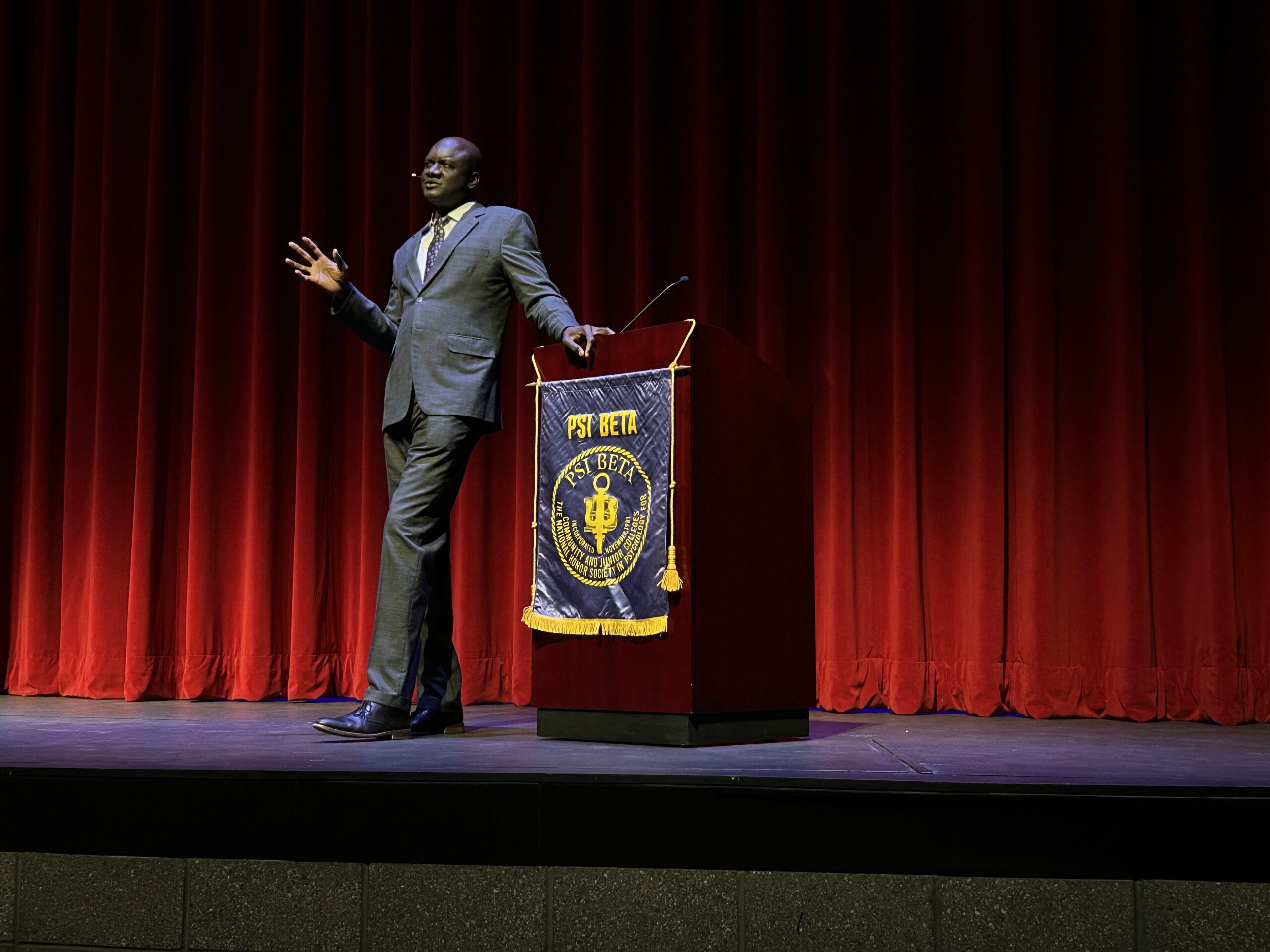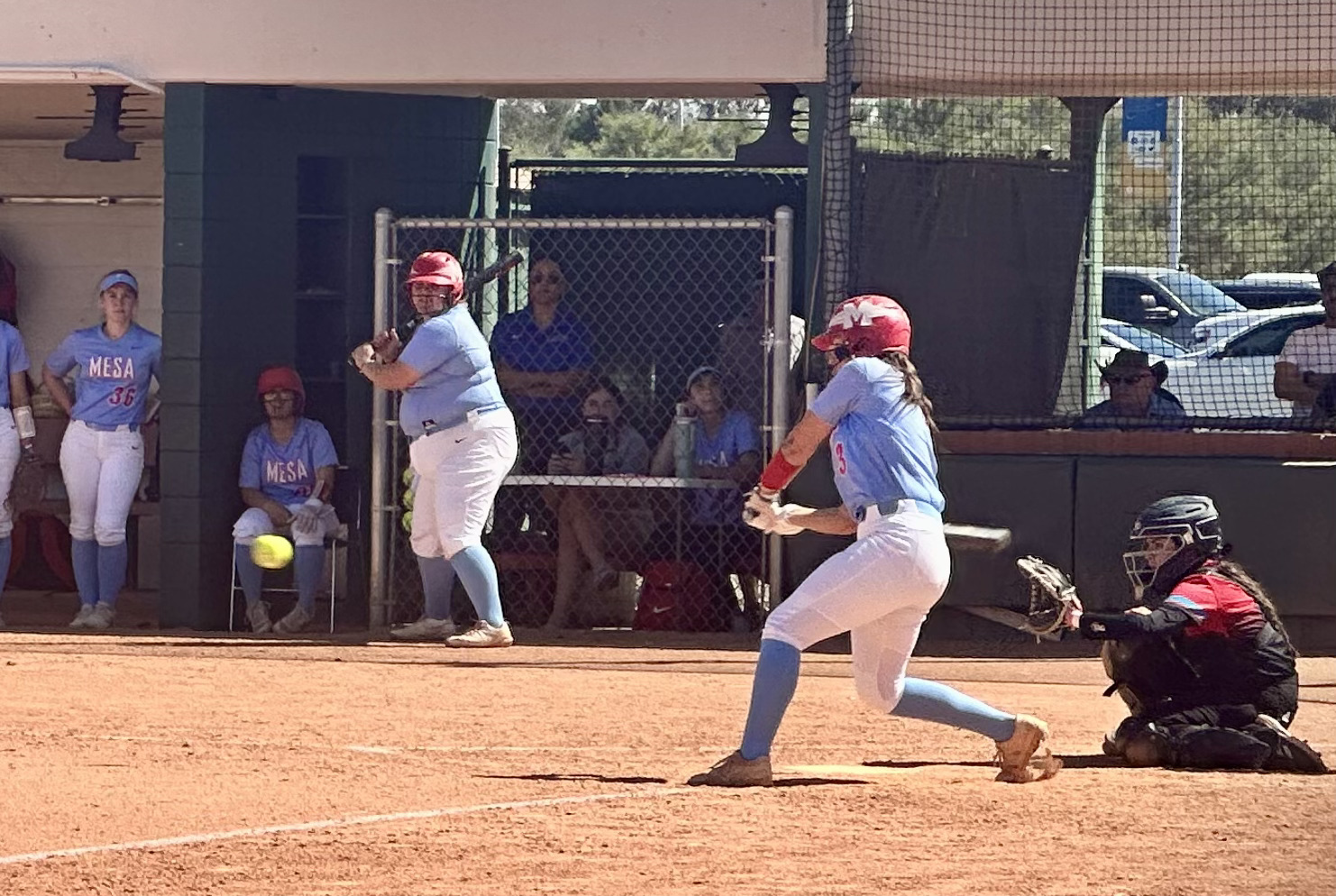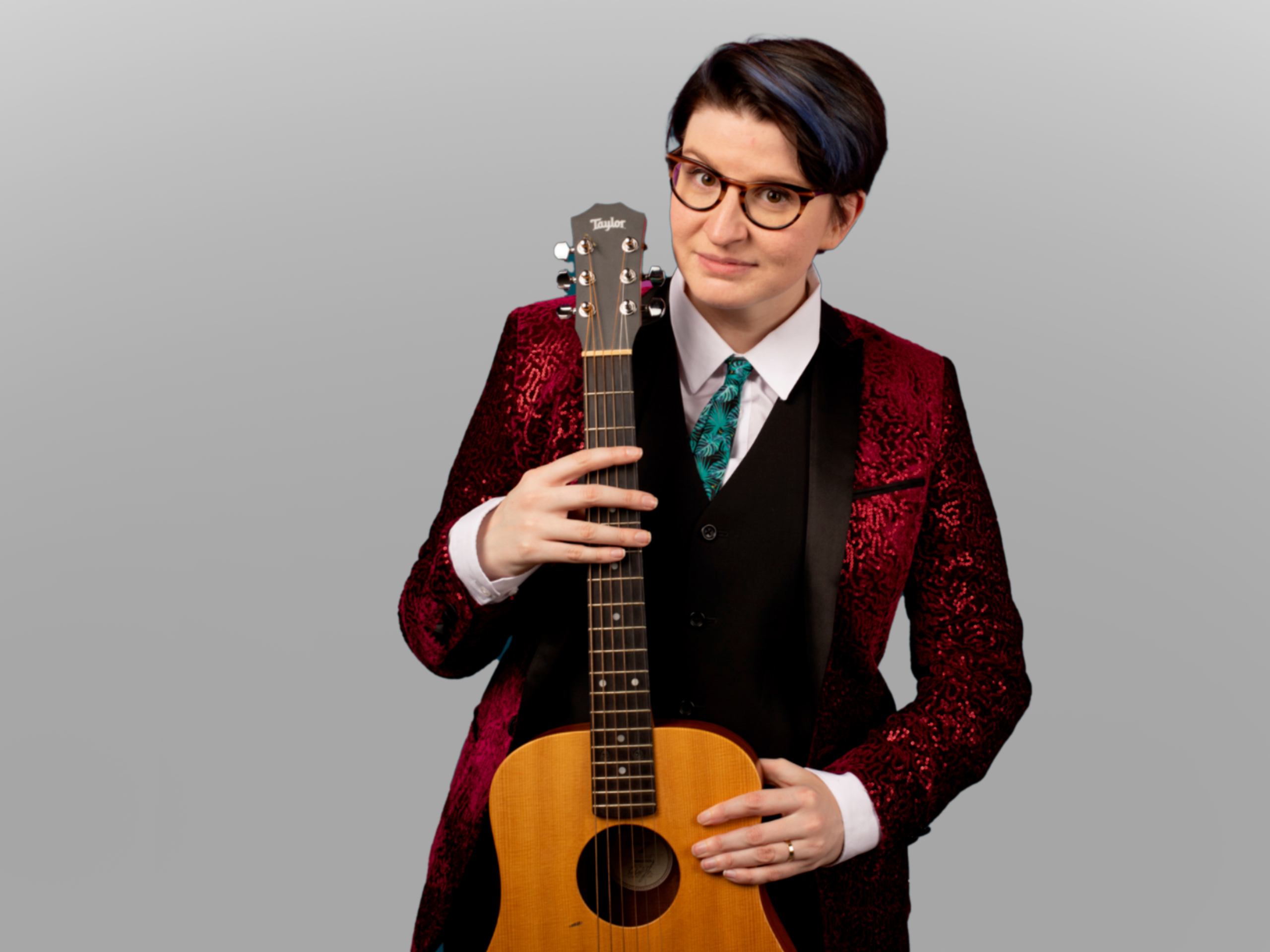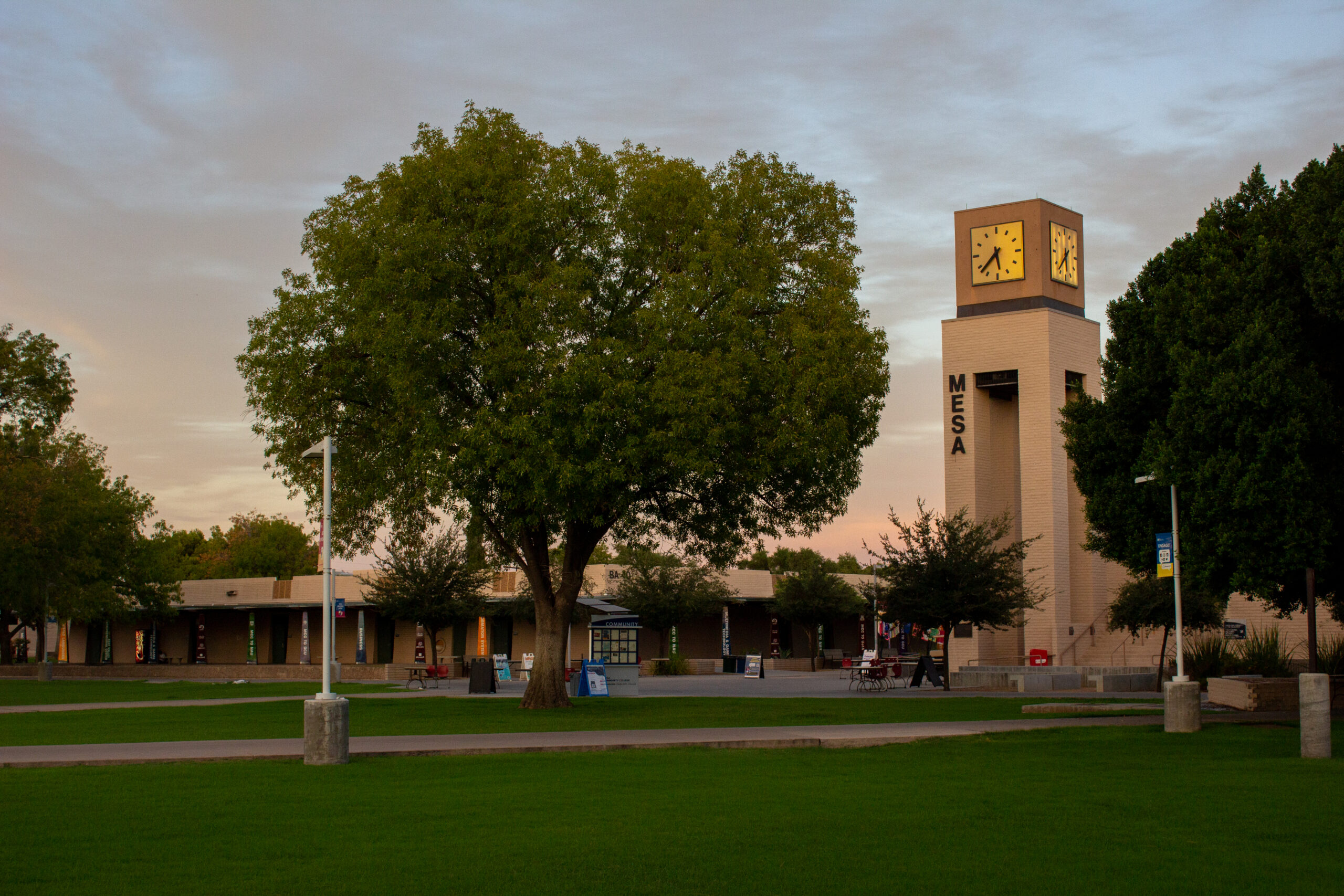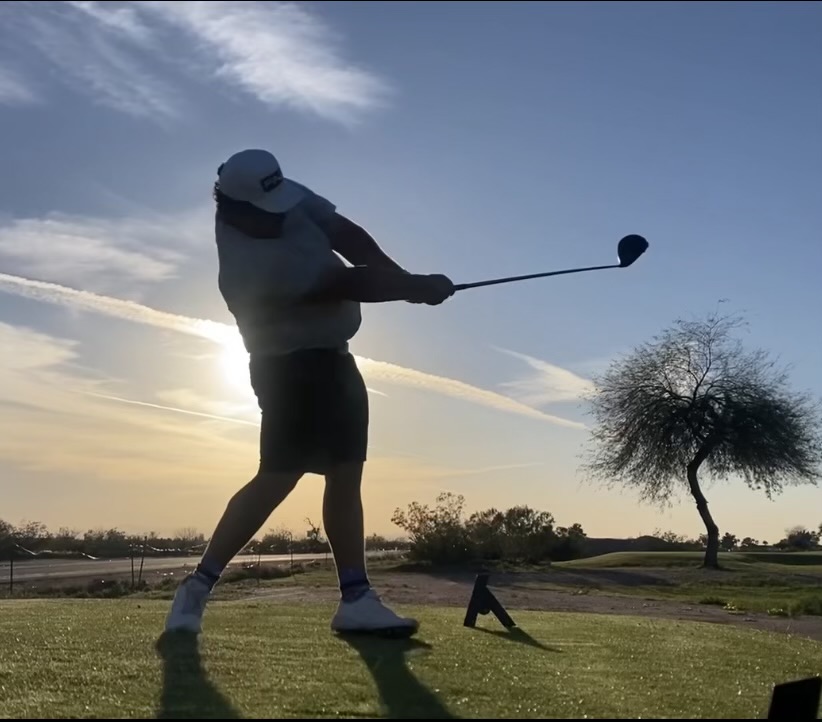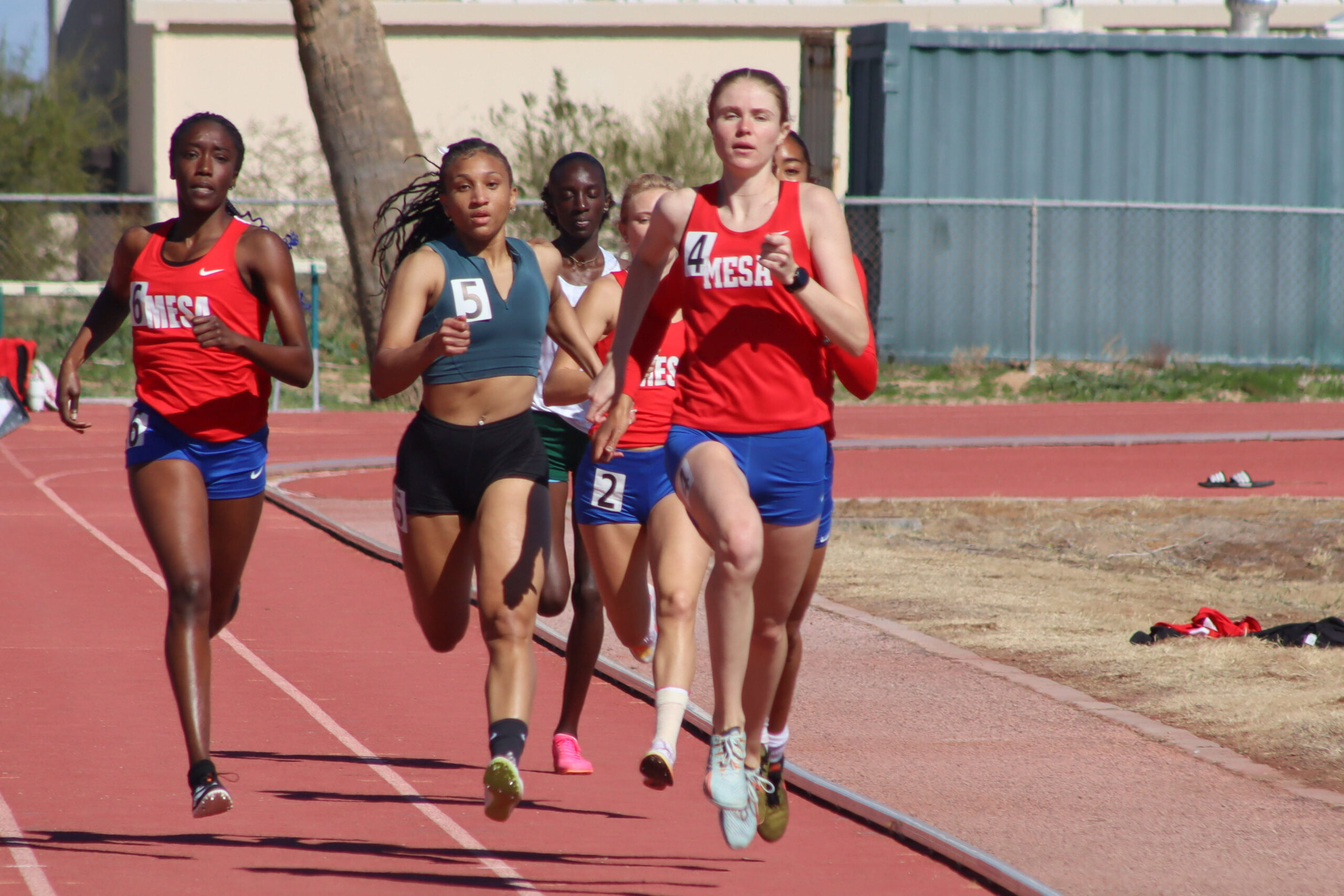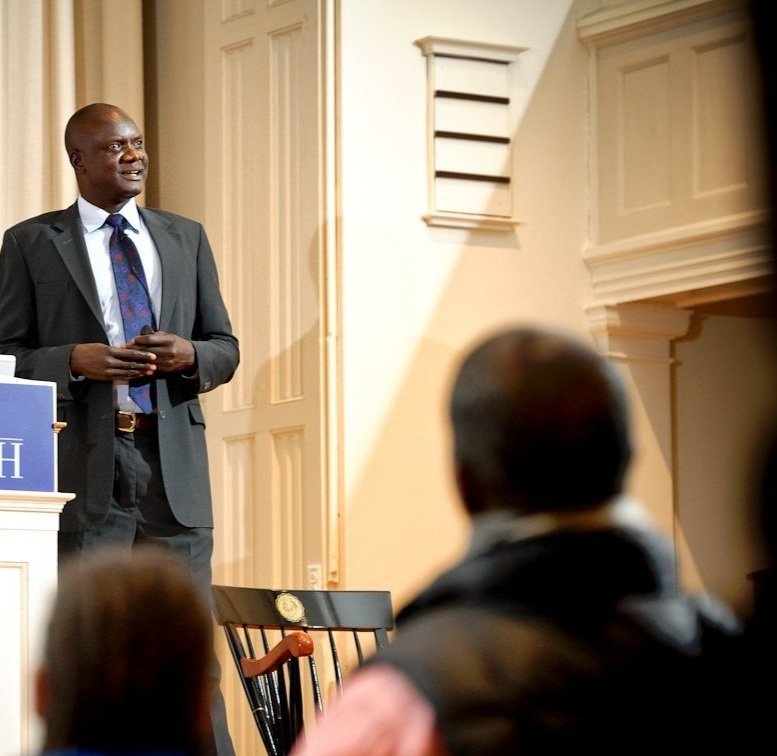Halloween history dates back thousands of years
Amanda Teller
The celebration of Halloween comes with candy, costumes, and trick-or-treating, but there is a story behind Halloween that is rarely heard. Today, Halloween has now become the second-largest commercial holiday, with people spending approximately $6.9 billion annually, according to www.history.com
Over 2,000 years ago, in present day Ireland, the Celts believed that on Oct. 31, the world of the living and the dead merged as one, according to www.history.com. In an ancient festival known as Samhain, the Celts believed the souls of the dead returned to earth.
During this time, the Celtic priest, or Druids, believed that because of the mix of the spirit and human world, the priests made predictions about the coming winter, built huge bonfires to celebrate, and wore masks of animals.
However, since religion played a key role, Halloween was not widely celebrated until many immigrants fled to America and brought their customs and traditions with them.
Keith Crudup, chair of the philosophy and religious studies department, says there is not a simple answer to why Halloween has become so popular.
“One thing that comes to mind, it gives the people the opportunity to get away from their traditional role. It’s a way to get out of their ordinary structure and take time to play and take on different roles, at one level,” said Crudup.
“I think initially, decades ago, it was aimed towards children. Recently, more and more adults are getting in on this (holiday).”
Taking from Irish and English traditions, Americans began to dress up in costumes and go house to house asking for food or money, a practice that eventually became today’s “trick-or-treat” tradition.
In the late 1800s, a move in America to mold Halloween into a holiday more about community immigrants, especially the millions of Irish fleeing Ireland’s potato famine of 1846 helped to neighborly get-togethers, than about ghosts, pranks, and witchcraft.
At the turn of the century, Halloween parties for both children and adults became the most common way to celebrate the day. Parents were encouraged by newspapers and community leaders to take anything “frightening” or “grotesque” out of Halloween celebrations.
Because of their efforts, Halloween lost most of its superstitious and religious overtones by the beginning of the 20 century.
By the 1920s and 1930s, Halloween had become a secular, but community-centered holiday, with parades and town-wide parties as the featured entertainment.
Despite the best efforts of many schools and communities, vandalism began to plague Halloween celebrations in many communities during this time.
Between 1920 and 1950, the centuries-old practice of trick-or-treating was also revived. Trick-or-treating was a relatively inexpensive way for an entire community to share the Halloween celebration.
